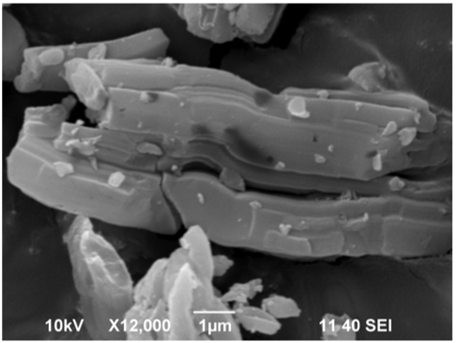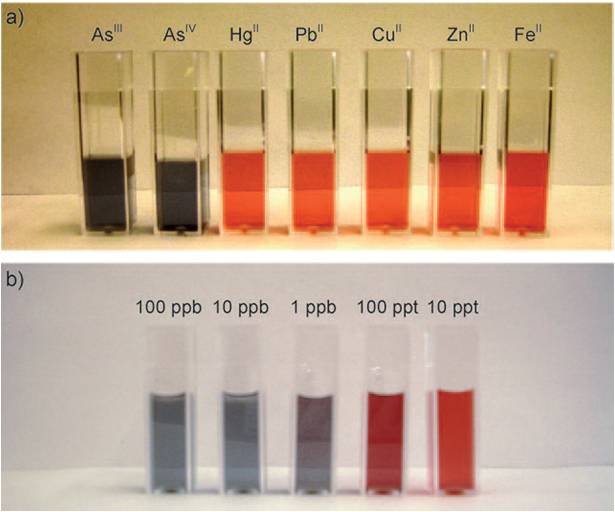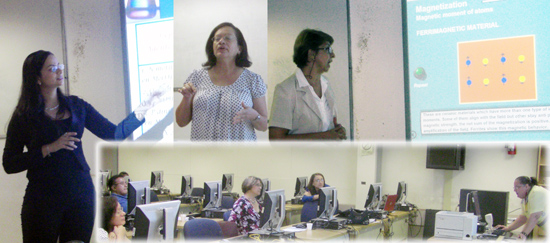1 Howard University, Washington, DC 20059
2 Academy of Sciences, Chisinau, Moldova
3 International Laboratory of High Magnetic Fields and Low Temperatures, Wroclaw, Poland.
4 Department of Physics, Boston College, Chestnut Hill, MA 02467
In topological insulators (TI) there is conduction by the surface Rashba states and inside of the material. A group lead by Tito Huber of Howard University and the PREM, has demonstrated surface state conduction in Bi nanowires. In wires, surface conduction becomes dominant after it undergoes a semimetal-semiconductor transition driven by quantum confinement for diameters close to 50 nm.







